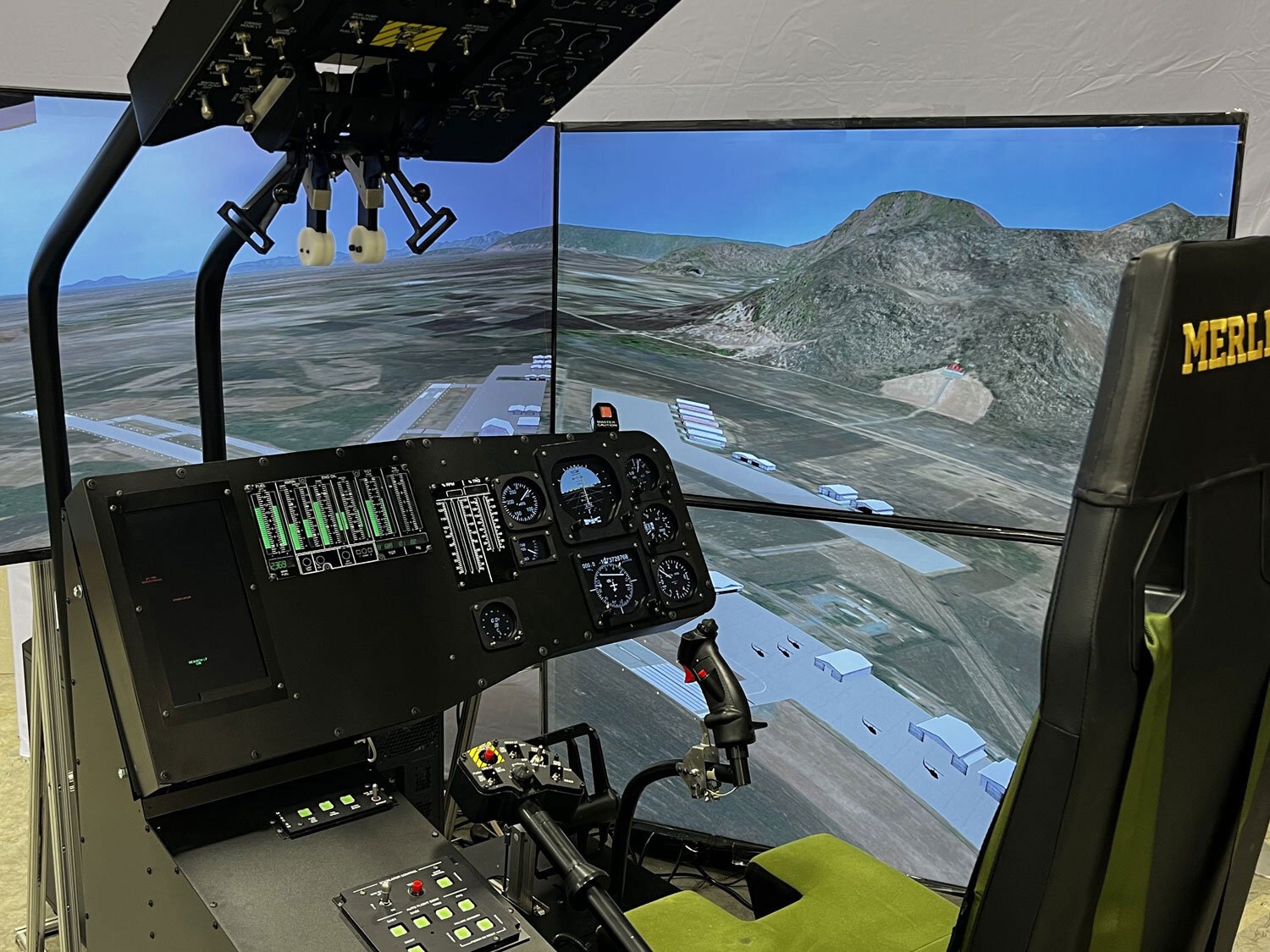Click Here to View This Page on Production Frontend
Click Here to Export Node Content
Click Here to View Printer-Friendly Version (Raw Backend)
Note: front-end display has links to styled print versions.
Content Node ID: 413490
As it celebrates its 40th anniversary, the International Aero Engines (IAE) partnership established on March 9, 1983, to manufacture the V2500 family of medium to large turbofan engines expects the V2500 to continue generating aftermarket business beyond 2045. That is the year to which the collaboration agreement has so far been extended by IAE partners Pratt & Whitney, Japan Aero Engines Corp., MTU Aero Engines, and Pratt & Whitney Aero Engines International.
The aircraft engine program “is in the prime of its life, where you dream an engine program should be,” said Earl Exum, president of the IAE partnership and v-p of mature commercial engines for Pratt & Whitney. Moreover, he added, it has established an impressive reliability record and will remain in operation for many years to come.
Having first entered service in 1989 on an Airbus A320 operated by former Yugoslavian charter carrier Adria Airways, the V2500 family has powered more than 135 million flights and clocked more than 255 million flight hours.
The vast majority of existing V2500s have been V2500-A1 and V2500-A5 variants powering A320ceo-family jets, but IAE also manufactured the V2500-D5, which powered the 116 MD-90s built by McDonnell Douglas and Boeing. Exum said IAE’s biggest customer today is American Airlines, which operates 399 A320ceo-family aircraft, including 218 A321s.
According to Exum, the V2500 family’s overall dispatch reliability rate is 99.97 percent, and its average time on wing is more than 20,000 hours, with some engines exceeding 30,000 hours. The in-flight shutdown rate for the V2500-A5 variant powering the A320ceo family—which has dominated V2500 production—is “better than the Airbus target, by far,” he said. IAE claims a 3 percent fuel-efficiency advantage for the V2500-A5 over the competing A320ceo-family production engine, the CFM56-5B.
However, despite the V2500 engine’s high degree of operational maturity, some 30 percent of all V2500 engines have not yet been inducted for their first maintenance shop visits and about 70 percent of all V2500s are less than 15 years old, according to Exum. Moreover, the V2500 powers about 60 percent of all 1,784 A321ceos delivered.
The air cargo industry particularly favors the A321ceo as the logical successor to the Boeing 757 for passenger-to-freighter conversions. As a result, the aftermarket for the V2500-A5 variant will remain robust for decades to come, Exum said.
IAE has established a global network of 17 maintenance shops, nine of them IAE partner facilities, to provide maintenance, repair, and overhaul for V2500-family engines. Exum told AIN that IAE considers the 17 MRO facilities “a stable number” for the size of the V2500 global MRO network going forward. “We’re at the mature point of growth in shop visits—our forecasts and costing suggest we have the right footprint for capacity” for future V2500 MRO needs worldwide, he said.
As of IAE’s 40th anniversary, the collaboration has produced more than 7,800 V2500s—close to the 8,000 forecast by the partnership when it was formed. Original IAE partner Rolls-Royce sold its holding to Pratt & Whitney for $1.5 billion in 2011.
V2500 new-engine production continues in the form of the 31,000-pound-thrust V2500-E5 for the Embraer C-390 Millennium military transport operated by the Brazilian Air Force, ordered by the air forces of Hungary and Portugal, and selected by the Netherlands for a five-aircraft purchase. 
Additionally, according to Exum, IAE continues to produce new spare V2500 engines for Airbus A320ceo-family customers, for both passenger and cargo operations. Existing customers order these engines either to increase their ratios of spare engines to V2500-A5s in operation or to provide backfill powerplants to replace run-out V2500s, which are consumed in passenger or—increasingly—cargo operations, he said.
Today, production of spare V2500s—in the form of V2500-A5 SelectTwo current-production standard powerplants—continues at a rate “in the 20 range” annually and IAE expects that rate to remain stable for at least “the next few years,” said Exum.
Asked whether IAE expects the V2500 to achieve the original 8,000-engine production total the partnership forecast for it, he replied, “If I had to bet, I would say yes. Clearly, if the C-390 [orderbook and production] meets Embraer’s targets, we’re right there.”
Exum added that to ensure the C-390 meets its operators’ mission-reliability requirements, every aircraft delivered comes with one or more spare V2500-E5s, as well as its two installed engines. This means each C-390 ordered provides IAE with sales at least three V2500-E5s, helping the V2500 get closer to the partnership’s original production target more quickly.
Additionally, he noted, a few more years of manufacturing of spare V2500-A5 SelectTwo engines for A320ceo-family aircraft at the current rate would also allow IAE to achieve its original 1983 program production forecast.